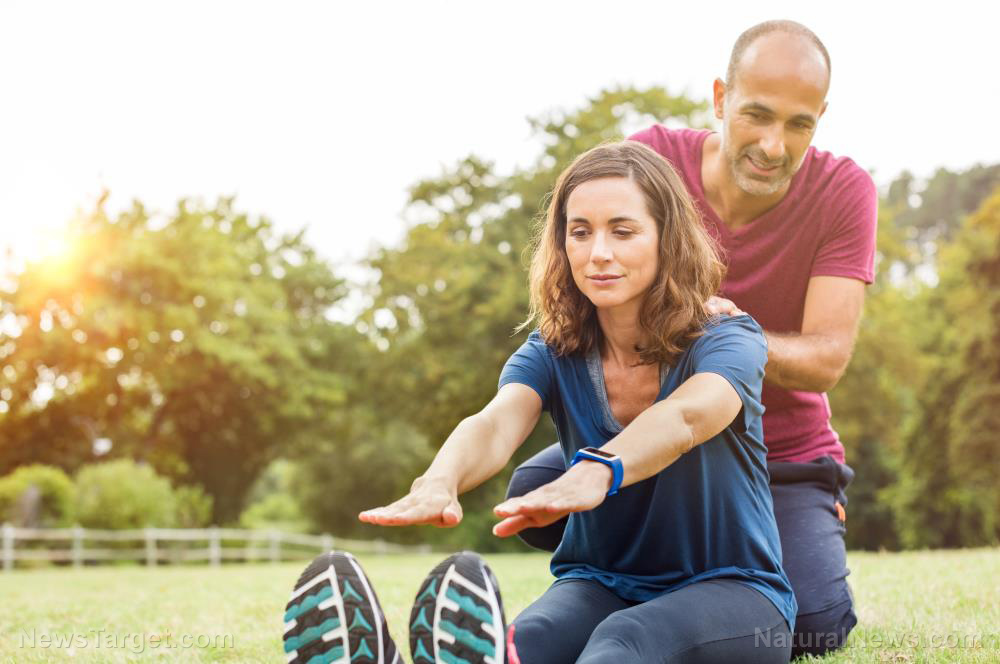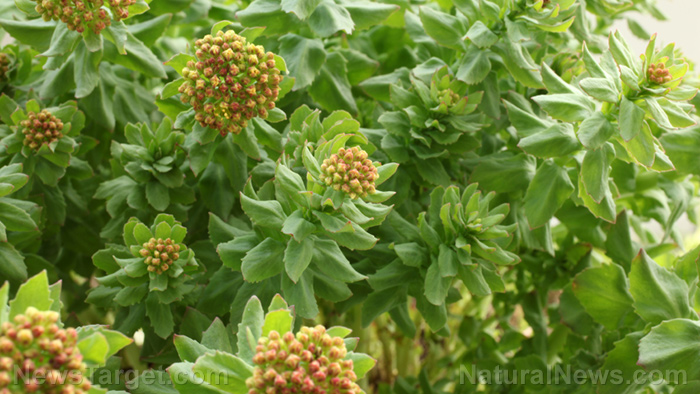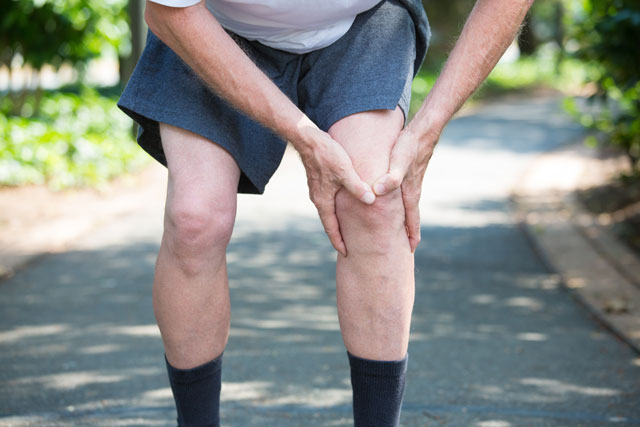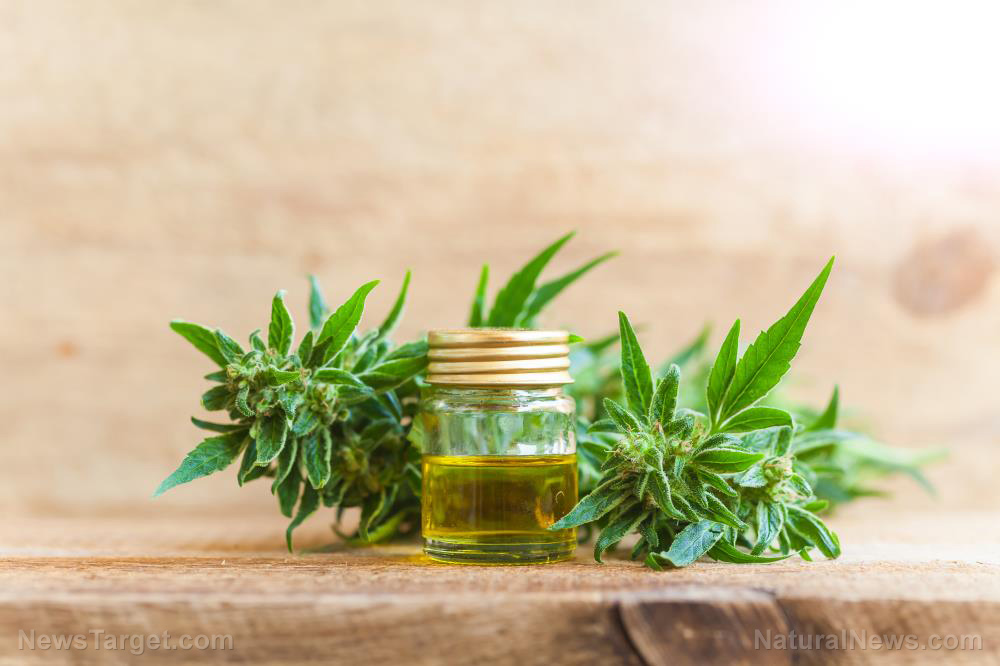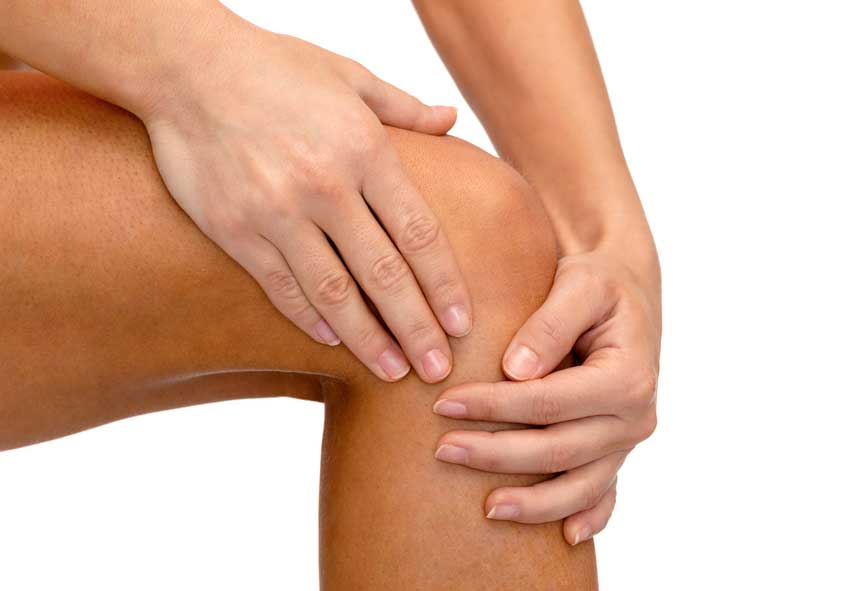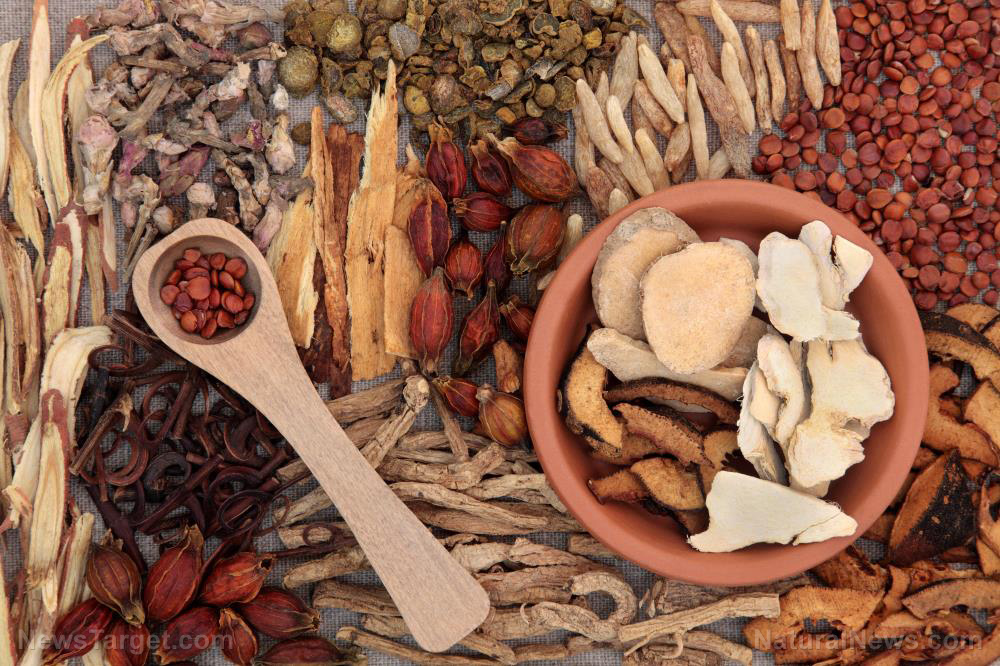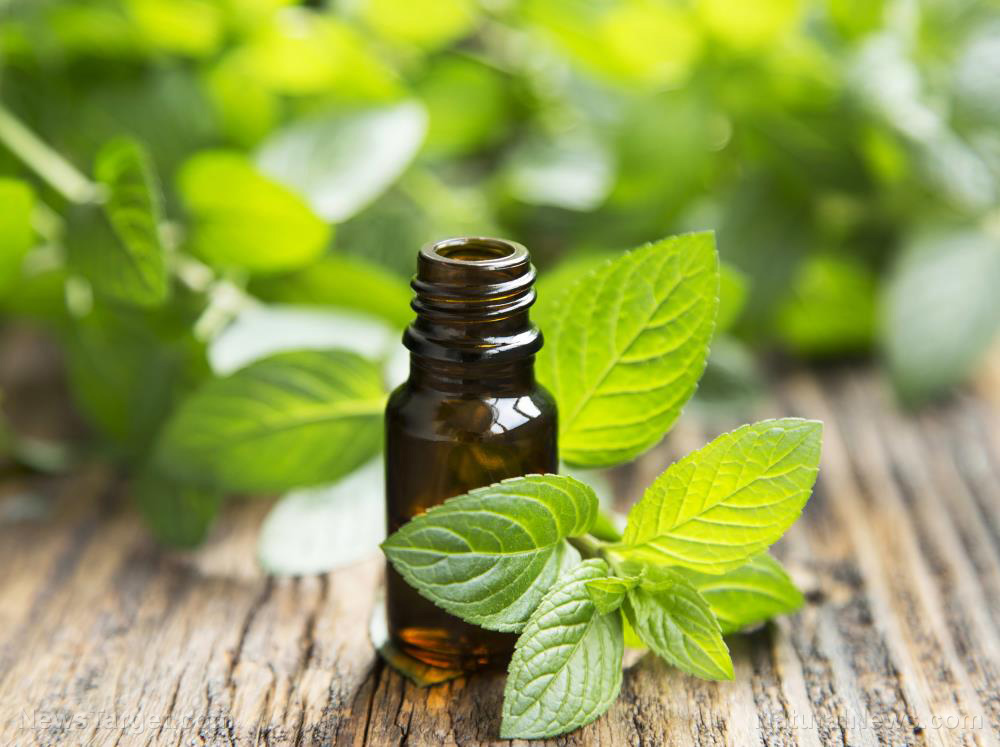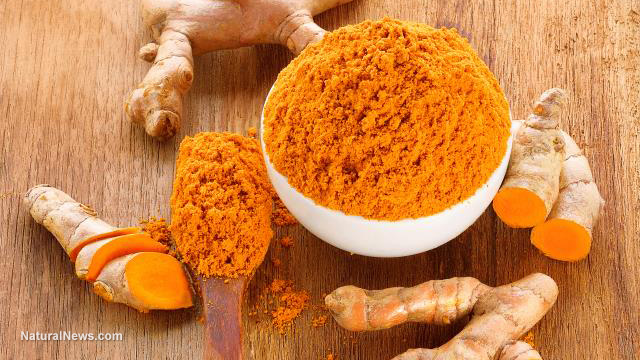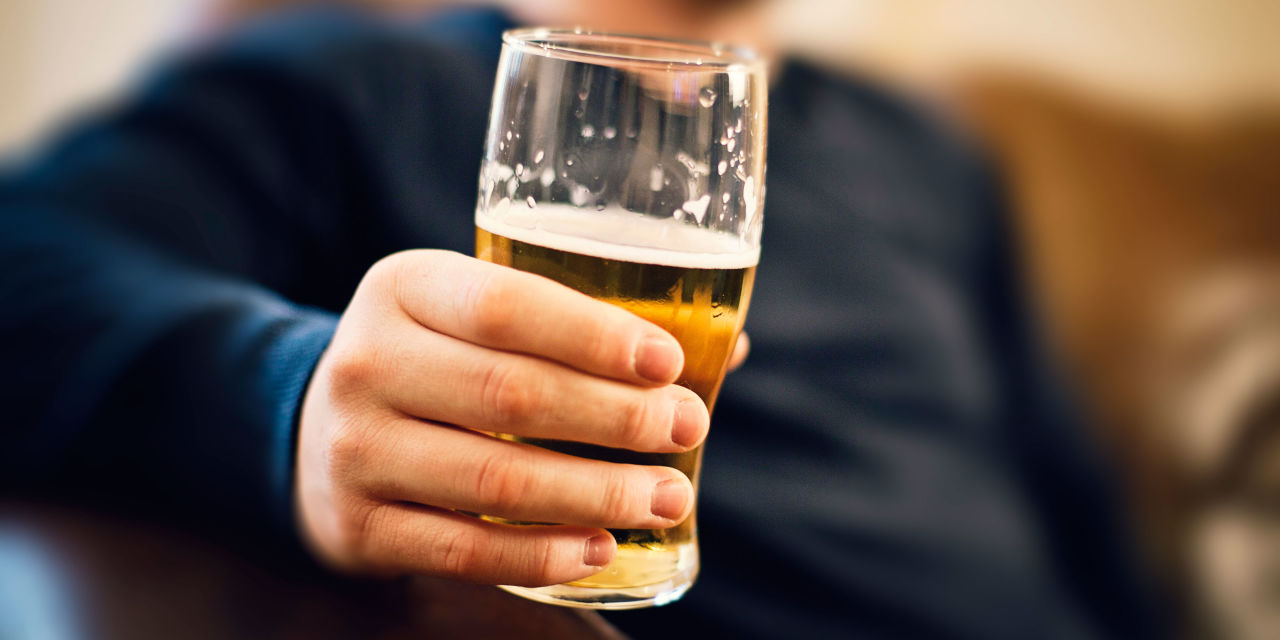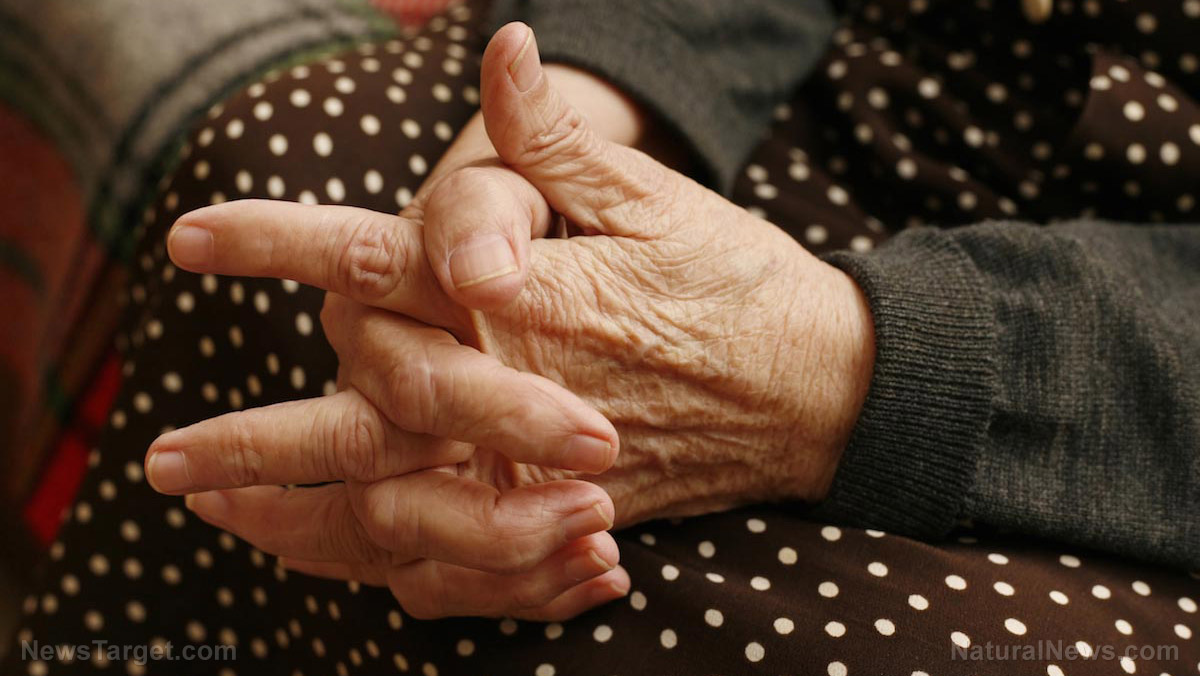14 Natural treatments for rheumatoid arthritis
10/21/2019 / By Edsel Cook
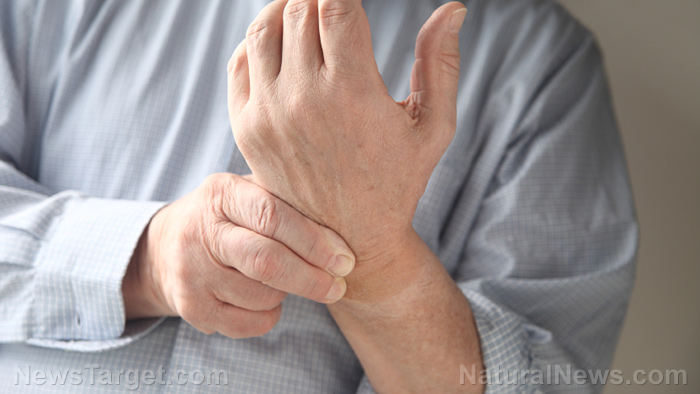
Don’t let rheumatoid arthritis get you down. There are many natural ways to manage the pain of inflamed joints without resorting to pharmaceutical drugs.
Products
Start by applying a hot pad or an ice pack to the swollen joint. An ice pack decreases inflammation and swelling during an attack, while a heating pad relaxes muscles and helps blood flow.
Magnet therapy offers an alternative approach for handling rheumatoid arthritis. Wearing bracelets, inserts, necklaces, or pads may improve the symptoms for some people.
Herbal treatments
Patients can also take natural supplements for pain relief. The most common herbs include thunder god vine, capsaicin, and turmeric.
- Thunder god vine is a well-regarded herb in traditional Chinese medicine. In a large-scale study, the natural supplement outperformed a pharmaceutical drug when it came to alleviating inflammation and tender joints in people with rheumatoid arthritis.
- Capsaicin gives chili peppers their vaunted hotness. There are gels, patches, and topical creams that contain this compound. Using these products may help reduce pain caused by rheumatoid arthritis.
- Turmeric is a popular spice used in curries, but it has also served therapeutic purposes in traditional medicine. Tests showed that it stops proteins from triggering painful inflammation.
(Related: 12 Conditions that mimic rheumatoid arthritis and could lead to misdiagnosis.)
Physical activities
Physical activity is a vital part of good health and maintaining working fitness in patients with rheumatoid arthritis. It may take the form of conventional physical exercise, tai chi, or yoga.
Ask a physical therapist about exercises that will help manage the pain and swelling caused by rheumatoid arthritis. Likely recommends include aerobics, strength training, range-of-motion exercises, and balance moves.
Each type of physical exercise improves an aspect affected. Strength training reinforces the muscles around joints, while balance moves help prevent falls and stumbles caused by rheumatoid arthritis attacks.
Tai chi is a “soft” type of martial arts. It calls for standing positions while going through slow movements that increase balance, flexibility, and strength.
The slow movements of tai chi will not put stress on the inflamed joints. Further, it is easy to switch once a joint begins getting sore.
Yoga is another low-impact form of physical activity. It focuses on breathing and meditation. Besides improving joint pain, flexibility, and stress levels, yoga also helps regulate chemicals that cause inflammation and stress.
Relaxation techniques
Try deep breathing. The ancient practice of breathing slowly from the belly can decrease stress that may otherwise lead to inflammation. It also keeps the brain from thinking about the pain caused by rheumatoid arthritis.
Meditation and visualization are mental exercises. To meditate, the practitioner focuses on breathing and keeping track of inhalations or exhalations. On the other hand, visualization involves closing the eyes, taking deep breaths, and visualizing a quiet and peaceful place.
In progressive muscle relaxation, a patient seeks to stiffen and relax muscles in various parts of the body. He starts with his facial muscles and works down his body before going back up again. The practitioner breathes in as he contracts a muscle and breathes out when he releases it.
Complementary therapies
Finally, there are complementary therapies — acupuncture, aromatherapy, and massage therapy — that may increase the effectiveness of other approaches.
- Acupuncture is often prescribed by traditional Chinese medicine for rheumatoid arthritis. Set up a session with a certified practitioner who has previously treated arthritic patients.
- Aromatherapy applies essential oils to the body via massage. They may help improve the mood of a patient suffering from arthritic joints.
- Last but not least is massage therapy. Like acupuncture, it requires a massage therapist with experience in working with rheumatoid arthritis patients.
Try these various techniques and treatments for naturally supporting your body and relieving pain from rheumatoid arthritis, without the side effects of traditional treatments.
Sources include:
Submit a correction >>
Tagged Under:
acupuncture, alternative medicine, alternative treatment, Cures, essential oils, health supplements, home remedies, natural health, natural medicine, Naturopathy, pain relief, pain treatment, physical exercise, prevention, remedies, rheumatoid arthritis, tai chi, TCM, Yoga
This article may contain statements that reflect the opinion of the author
RECENT NEWS & ARTICLES
ArthritisCures.News is a fact-based public education website published by Arthritis Cures News Features, LLC.
All content copyright © 2018 by Arthritis Cures News Features, LLC.
Contact Us with Tips or Corrections
All trademarks, registered trademarks and servicemarks mentioned on this site are the property of their respective owners.


